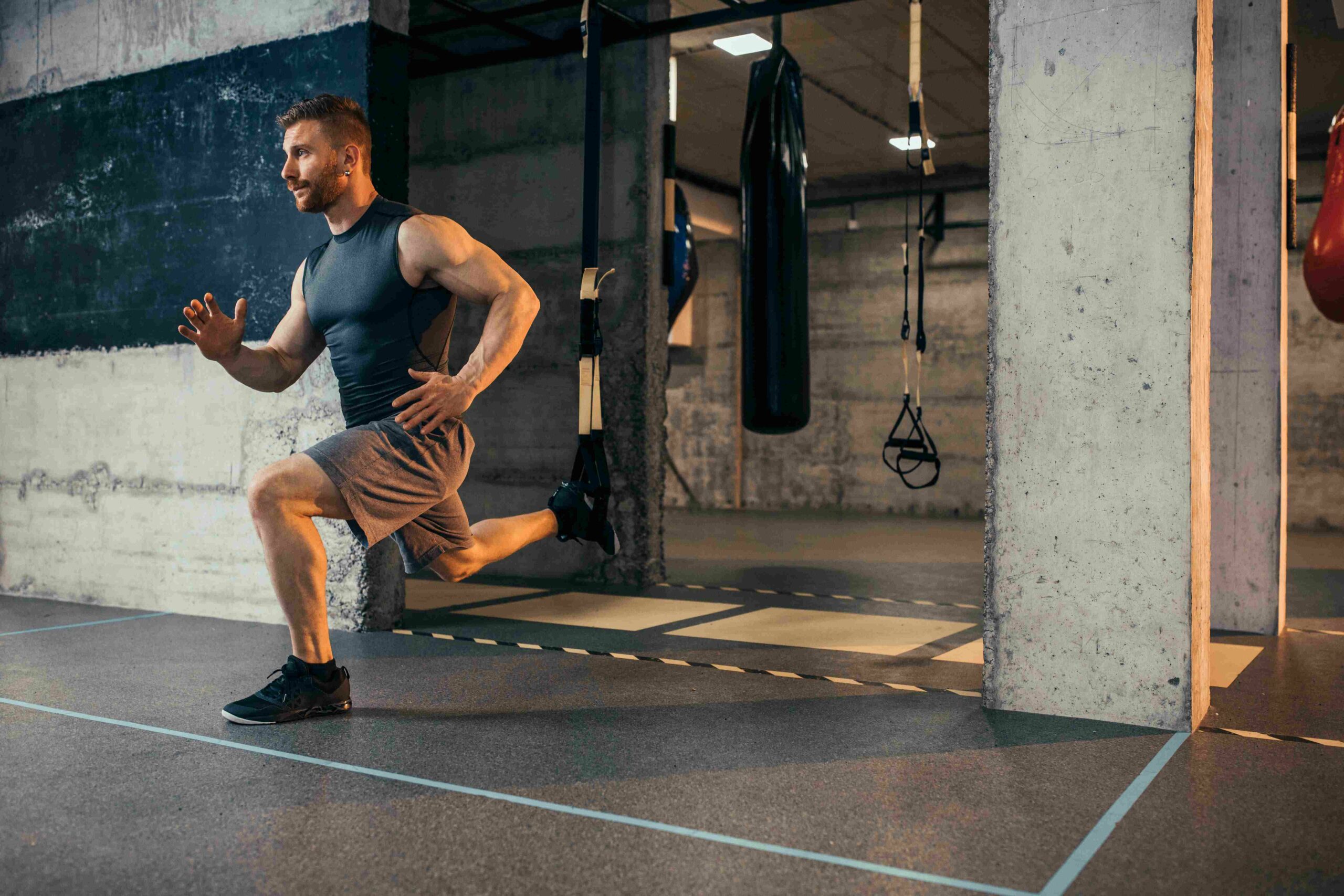How to recognize and correct muscular imbalances

Every athlete has their favorite side. The problem is that muscular imbalances develop if I focus too much attention on just one area during strength training or other fitness programs. The results are poor posture and increased susceptibility to injury. Here’s everything you need to know to recognize and correct them.
This is how muscular imbalances occur
Like most of us, you probably tend to perform everyday tasks with the same side of your body. For example, you always take steps with the same foot, brush your teeth with the same hand and use your smartphone with the same side. Logically, the dominant side is more robust. This is also noticeable during weight training or fitness exercises. The problem is that the overuse of the preferred muscles leads to tension, and it is difficult to get the best out of your body.
A prominent example of muscle imbalance
Rafael Nadal has been one of the best tennis players in the world for many years. He became famous because his hitting arm was as muscular as others’ thighs. But that’s what caused him problems. It came to a muscle imbalance and many injury problems. He was then able to compensate for these and play at a high level.
Imbalance and posture
Muscular imbalances sooner or later lead to an altered posture. This can result in back pain, joint problems, headaches, breathing, and digestive problems. The body has to compensate, and this leads to overcorrection. You should take action against this.
How to recognize a muscular imbalance
Sometimes imbalances can be seen at first glance. For example, sometimes, an arm or leg is visually much stronger. A good sports scientist, trainer, and physical therapist can also quickly tell if muscular imbalances are present. Of course, you can also test it out by performing one-arm and one-leg exercises and comparing them.
The best countermeasures
If you have noticed a muscular imbalance in yourself, it is advisable to do something about it. Probably the most effective measure is unilateral training. With this form of workout, you train only one extremity at a time. So only one leg or only one arm. Do this until the sides are equalized. You can read more about it here. Good exercises are:
- Front and reverse lunges
- Side lunges
- Step-ups
- Single-leg RDL’s
- one arm dumbbell row
- One arm overhead press
- Bulgarian squats
1 thought on “How to recognize and correct muscular imbalances”